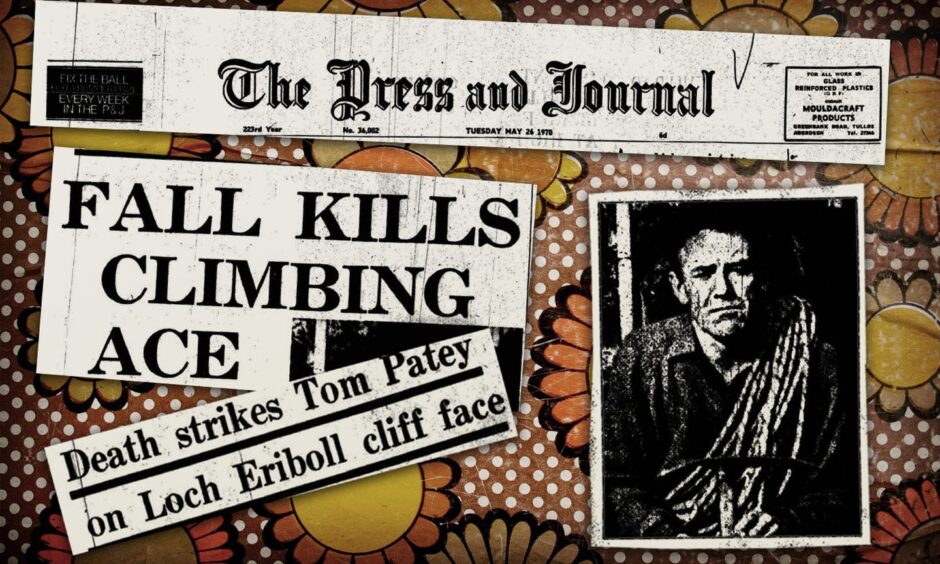
P&J readers awoke to news of the loss of one of Britain’s best-known mountaineers and one of their own, Ellon man Tom Patey on this day 54 years ago.
Although he had conquered one of the world’s most difficult mountains, Muztagh Tower, the 23,800ft peak in the Karakorams, Kashmir, Mr Patey died in Sutherland in accident between Loch Eriboll and the Kyle of Tongue.
Sheer cliff face fall
He was with a party from Sheffield climbing a sheer sea cliff face at Whiten Head, when he fell onto the rocks below.
Lobster fisherman Mr Mackay of Durness had been asked by the party to take them out to undertake the climb.
Mr Mackay dropped the party off and anchored a little way off.
“There was a party of five headed by Dr Patey whom I took out in my lobster boat in the morning to climb what we call the Maidens, at the head of Loch Eriboll.
“They got that name because the rocks there had never been climbed before.”
Dr Patey last in line
The party conquered the130ft rock face and began the descent, with Dr Patey, the most experienced climber of them all, last in line.
Something happened about halfway down and he dropped off the cliff face, landing at on rocks at the bottom.
Mr Mackay said: “I saw there was something wrong and moved in closer. We found Dr Patey’s body and lashed him to a rock. I then took the party back to inform the police.
“We got a bigger lobster boat, the Glenroy skippered by Mr James Henderson of Thurso and went back with a stretcher and took Dr Patey’s body back with us.”
Did a catch slip?
It was thought a catch on the rope had suddenly slipped, causing the accident.
Mr Mackay summed up the feelings of everyone who knew Dr Patey: “This is a terrible tragedy. Dr Patey was such a fine man, well-liked by everyone.”
Dr Patey was only 38 years old but had packed much into his short life.
He was a son of the manse, St Mary on the Rock Episcopalian Church in Ellon.
He attended Ellon Academy and Robert Gordon’s Colleges, Aberdeen, graduating in medicine from Aberdeen University.
In 1955 he joined the staff of Inverurie General Hospital.
The following summer he was a member of the four-man British Baltoro Expedition who conquered the Muztagh Tower.
Back to the Himalyas
In 1957, he entered the Medical Branch of the Royal Navy on a four year commission as Surgeon-Lt, attached to 42 RM Commando, Bickleigh, Devon, the Royal Marine Training Dept where recruits got their first instruction in mountain warfare.
In 1958, Dr Patey was back in the Himalayas with the British-Pakistani Forces Himalayan Expedition, conquering the unclimbed 25,550ft Rakaposhi Peak in the Karakorams.
Marriage to keen climber
A month later he married Aberdeen girl Elizabeth M Davidson, also a keen climber, in St Andrew’s Cathedral.
He left the Royal Navy in the early Sixties, and after a short spell at Aberdeen Maternity Hospital, Foresterhill, moved to general practice in Ullapool.
His mountaineering feats continued.
In July 1966, along with Eiger veterans Chris Bonnington and Rusty Bailie, he conquered the famous 430ft Old Man of Hoy in Orkney, the first time it had been climbed.
The year before he died, he climbed Creagh Meaghaidh, an 8,000ft route across the face of one of Scotland’s biggest cliffs.
He did it solo in six hours.
Risk-taker
At the time he said: “I always climb as if I’m solo whether I’ve a partner or not. I tend to think that if I fall the rope will break anyway. There’s got to be risk to bring the most out of you. It brings all your senses alert.”
Dr Graeme Nicol, then senior lecturer in pathology of Aberdeen University and a close friend of Dr Patey, paid tribute to him.
“Scottish mountaineering has lost its most outstanding climber and one of its most colourful and attractive personalities.
“His immense popularity among Scottish mountaineers was due not merely to his climbing ability but also to his great skill as a musician and raconteur, and he was always the best of climbing companions.”
Dr Patey pioneered many routes on the Scottish mountains and sea cliffs.
His exceptional ability and endurance took him first to the Alps, and then to the Himalayas, putting him internationally as a great all-round mountaineer.
Pioneered new routes
He climbed new routes in Norway and the French Alp with world-renown climbers like Joe Brown and Chris Bonnington, but he never lost his affection for the Scottish hills.
He made the first winter ascent of Zero Gully on Ben Nevis, and the first winter travers of the Cuillin Ridge of Skye, considered among his greatest triumphs.
Patey Park in Chapelton of Elsick was created as a lasting memorial to Dr Patey.
More from our On This Day series:
1971: Jagger weds Bianca amid fights, curses and tears
1979: Tain fishers rescue F1-11 pilots after crash over Dornoch Firth
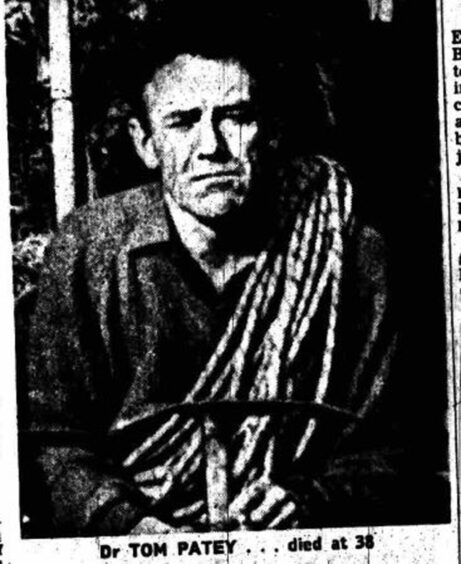
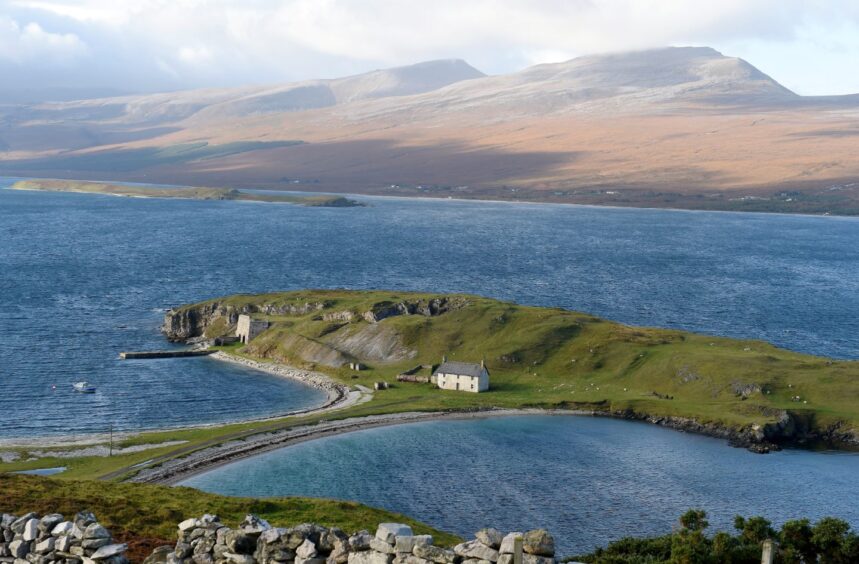
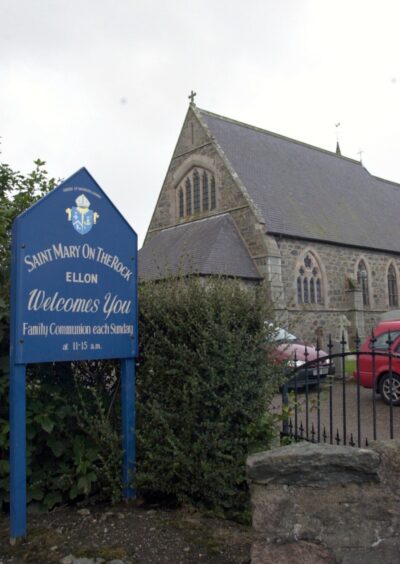
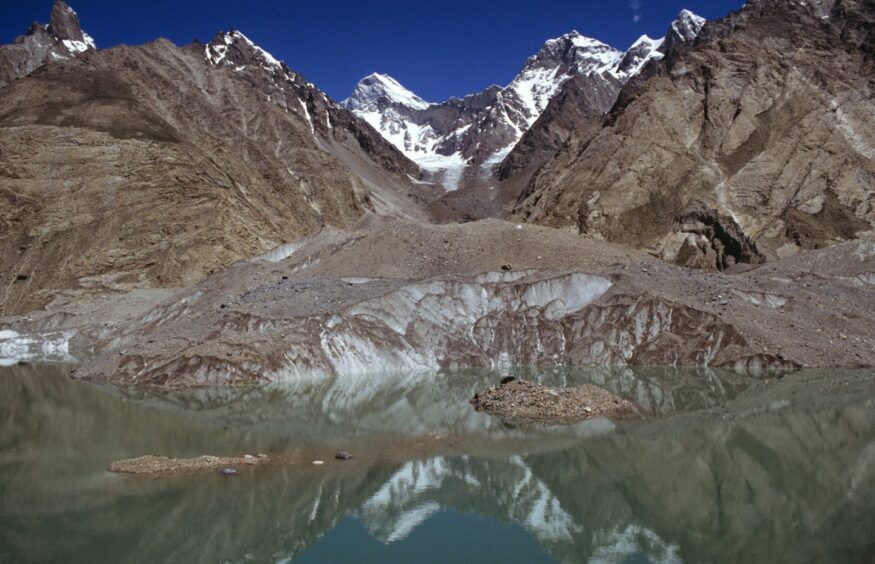
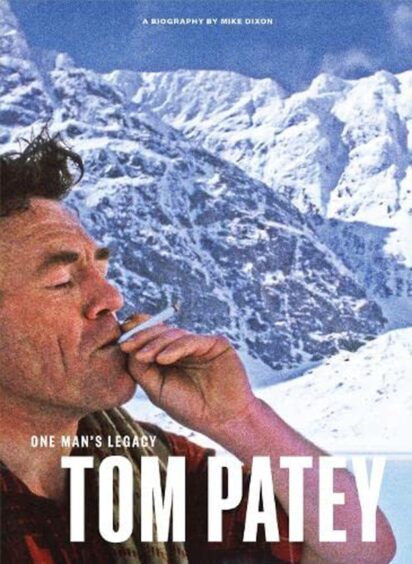
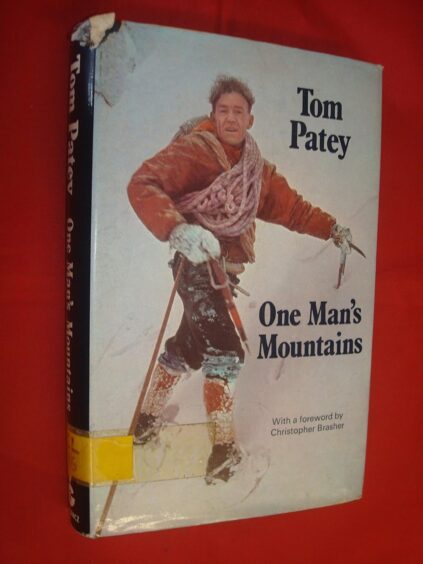
Conversation